Does eating more volume lead to weight loss? Better health? Smoother digestion?
These are the pressing questions we’re tackling today.
In this in-depth blog post, we’re diving into the world of volume eating—what it is, why it works, and how to use it to improve nutrition and support long-term wellness.
What is Volume Eating?
Volume eating is a nutritional strategy that focuses on consuming foods with a high volume but relatively low-calorie density. The idea is to maximize the amount of food you can eat while keeping calorie intake in check, helping with satiety, weight management, and overall health.
This approach prioritizes foods like vegetables, lean proteins, and whole grains, which provide more bulk and nutrients without excessive calories. By filling up on these high-volume foods, you can feel satisfied without overeating.
Think: mashing cauliflower with potatoes, or mixing zucchini noodles with regular pasta.
Volume eating can make weight loss easier because it helps you feel full and satiated for longer. When you feel more full, you might eat less frequently throughout the day and be more mindful of your food choices overall.
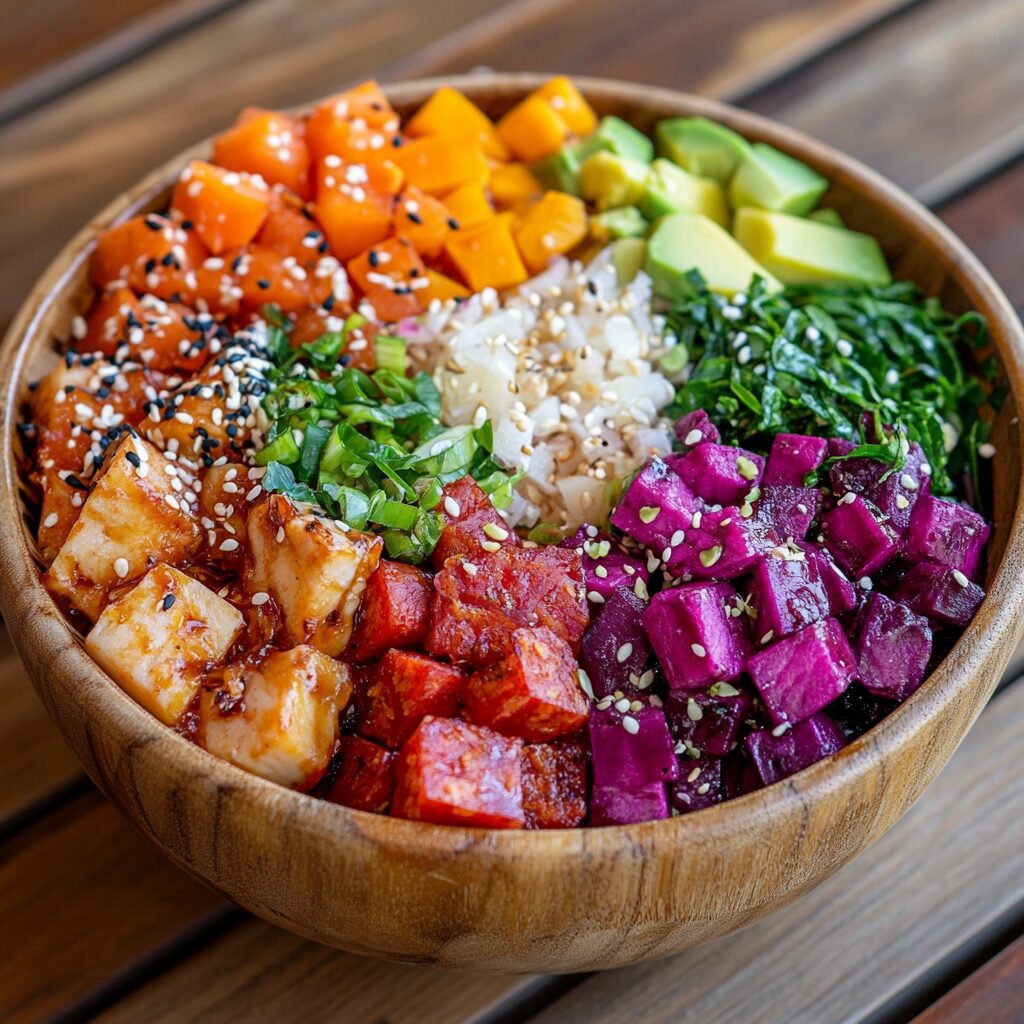
Understanding calorie density
Calorie density refers to the number of calories in a given weight or volume of food. Foods that are high in calorie density pack a lot of calories into a small amount—like oils, nuts, and processed snacks—while foods with low calorie density, such as vegetables, fruits, and lean proteins, provide fewer calories for the same amount of food.
Understanding calorie density is key to volume eating. By choosing foods with low calorie density, you can enjoy larger portions while keeping your calorie intake in check. This helps with satiety, weight management, and overall nutrition.
For example, 100 calories of spinach fills a plate, while 100 calories of potato chips might barely cover your palm. Making smart swaps based on calorie density can help you feel full and satisfied without overeating.
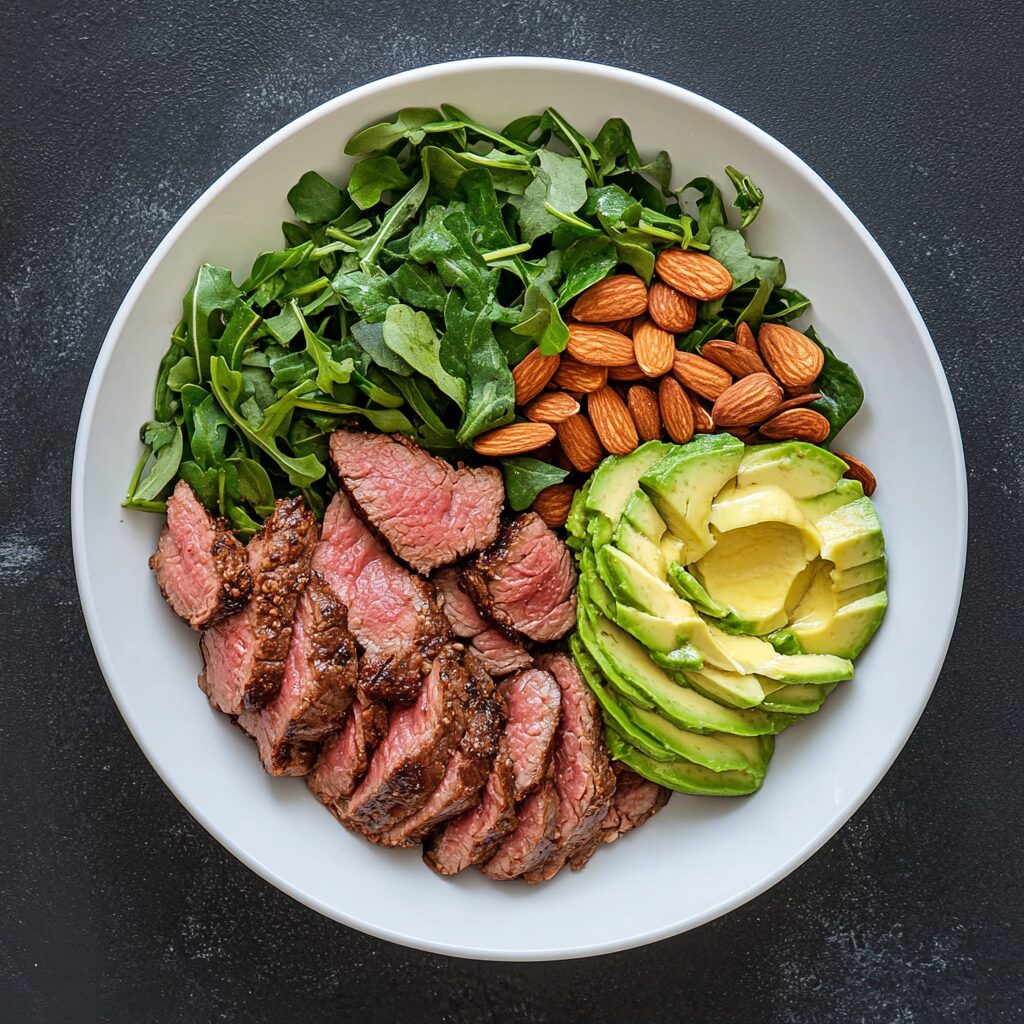
High volume vs low volume foods
High-volume foods have a lot of bulk and water content, while being relatively low in calories. These include vegetables, fruits, lean proteins, and whole grains. They help you feel full while keeping your calorie intake in check.
Low-volume foods, on the other hand, pack a lot of calories into a small amount. These include oils, nuts, seeds, cheeses, and processed snacks. They can be calorie-dense, making it easy to consume more than intended without feeling as full.
In volume eating, prioritizing high-volume foods allows for larger, satisfying portions while supporting nutrition and weight management.
High-volume, low-calorie foods
Also known as nutrient-dense foods, these contain lots of water, fiber and/or air.
Examples of high volume foods include:
- Fresh or frozen berries
- Fresh or frozen fruits in general
- Non-starchy vegetables like zucchini, celery, and cucumber
- Cruciferous vegetables like broccoli, cauliflower, and kale
- Puffed grains like rice cakes or popcorn
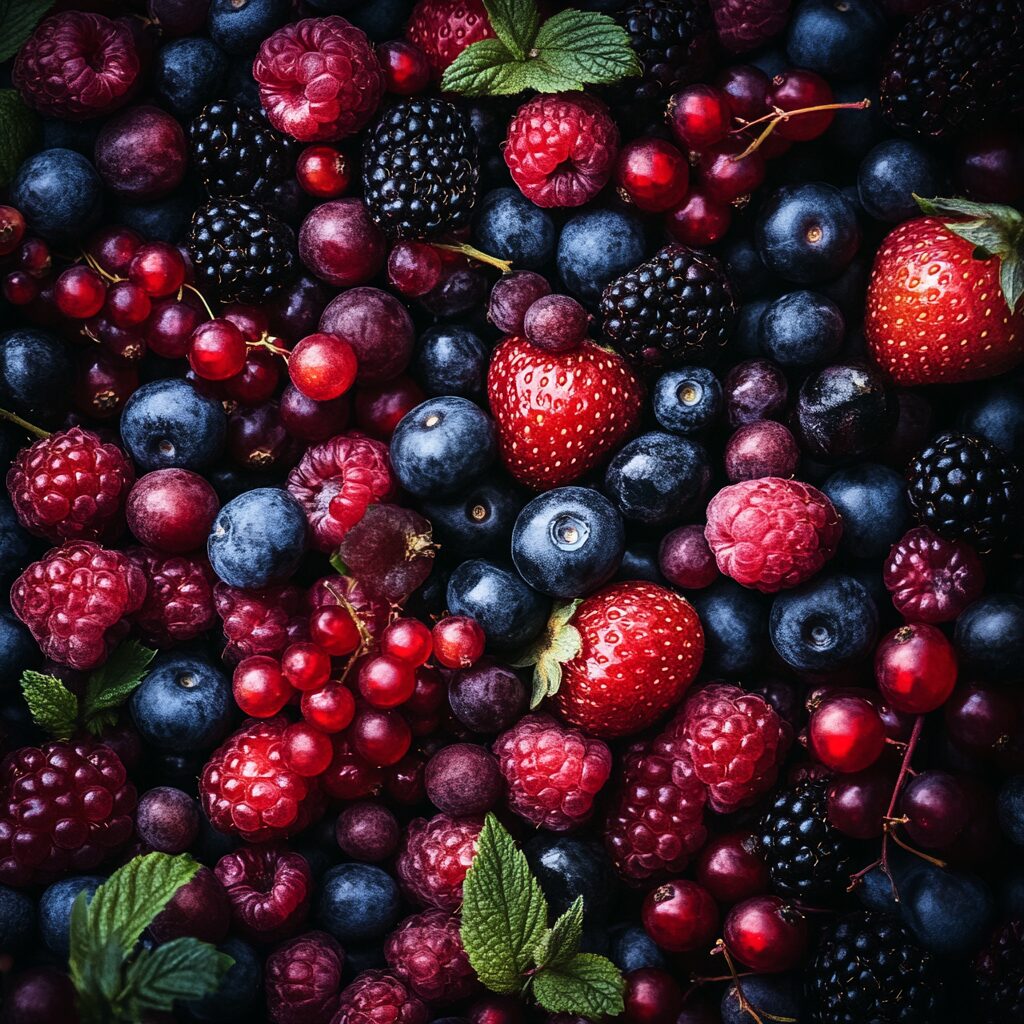
Low-volume, high-calorie foods
Also known as calorie-dense foods, these might contain more fats or sugars.
Examples of low volume foods include:
- Oils
- Dried fruits
- High fat dairy
- Nuts and nut butters
- Snack foods like chips and candy
- Fruit juice and soda
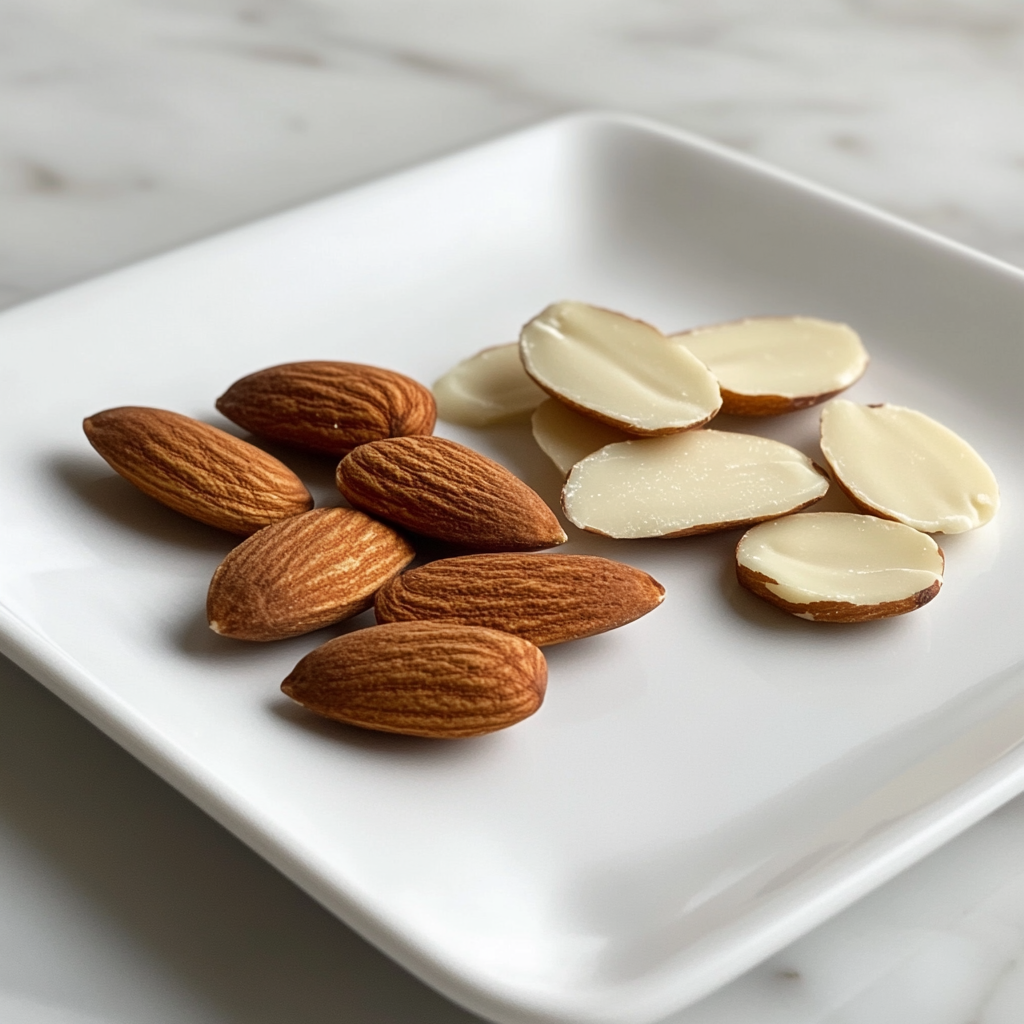
Moderate volume foods
Then, there are plenty of foods in the middle! Moderate-volume, moderate-calorie foods include many nourishing options that are staples of a healthy diet.
Examples of moderate volume foods include:
- Whole grains like oats and brown rice
- Whole grain products like whole wheat bread
- Lean meats, eggs, and fish
- Beans and legumes
- Low fat dairy
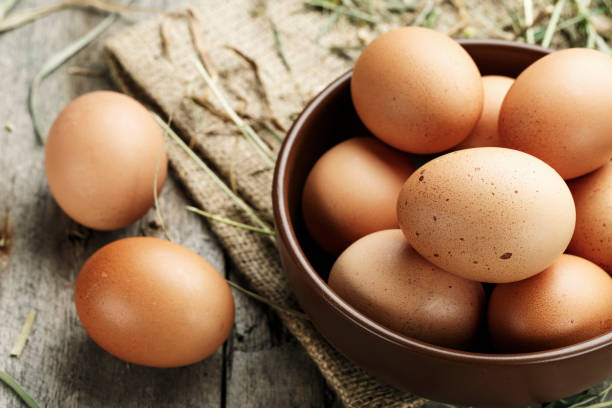
Benefits of Volume Eating
Whether you’re aiming to lose or gain weight, build muscle, boost athletic performance, or support overall health, volume eating offers several benefits:
- Supports Weight Loss Goals Volume eating focuses on nutrient-dense foods that are high in water and fiber. These foods tend to be lower in calories while increasing satiety, helping you consume fewer calories and maintain a calorie deficit without feeling deprived.
- Increases Satiety and Fullness High-volume, whole foods like fruits and vegetables are rich in water and fiber, which naturally make your stomach feel fuller. Foods such as apples, oranges, and popcorn are great examples of filling, low-calorie options.
- Allows for Larger Portions If you prefer a full plate or bowl, volume eating is ideal. It lets you enjoy larger portions without excessive calories while boosting your intake of fiber, vitamins, and minerals.
- Manages Calories Without Tracking Volume eating simplifies calorie control. By prioritizing foods like leafy greens, vegetables, fruits, and whole grains, you can enjoy generous portions without worrying about overloading on calories.
- Boosts Nutrient and Fiber Intake With a foundation in fruits and vegetables, volume eating makes it effortless to increase your daily fiber and nutrient consumption.